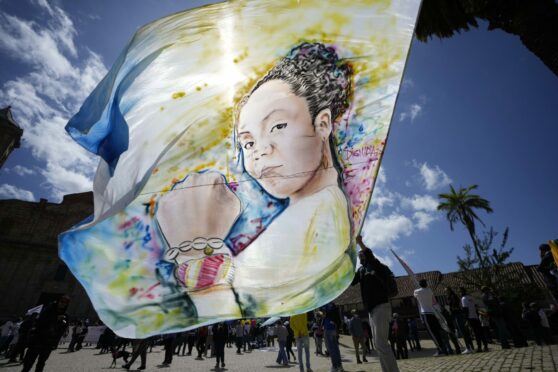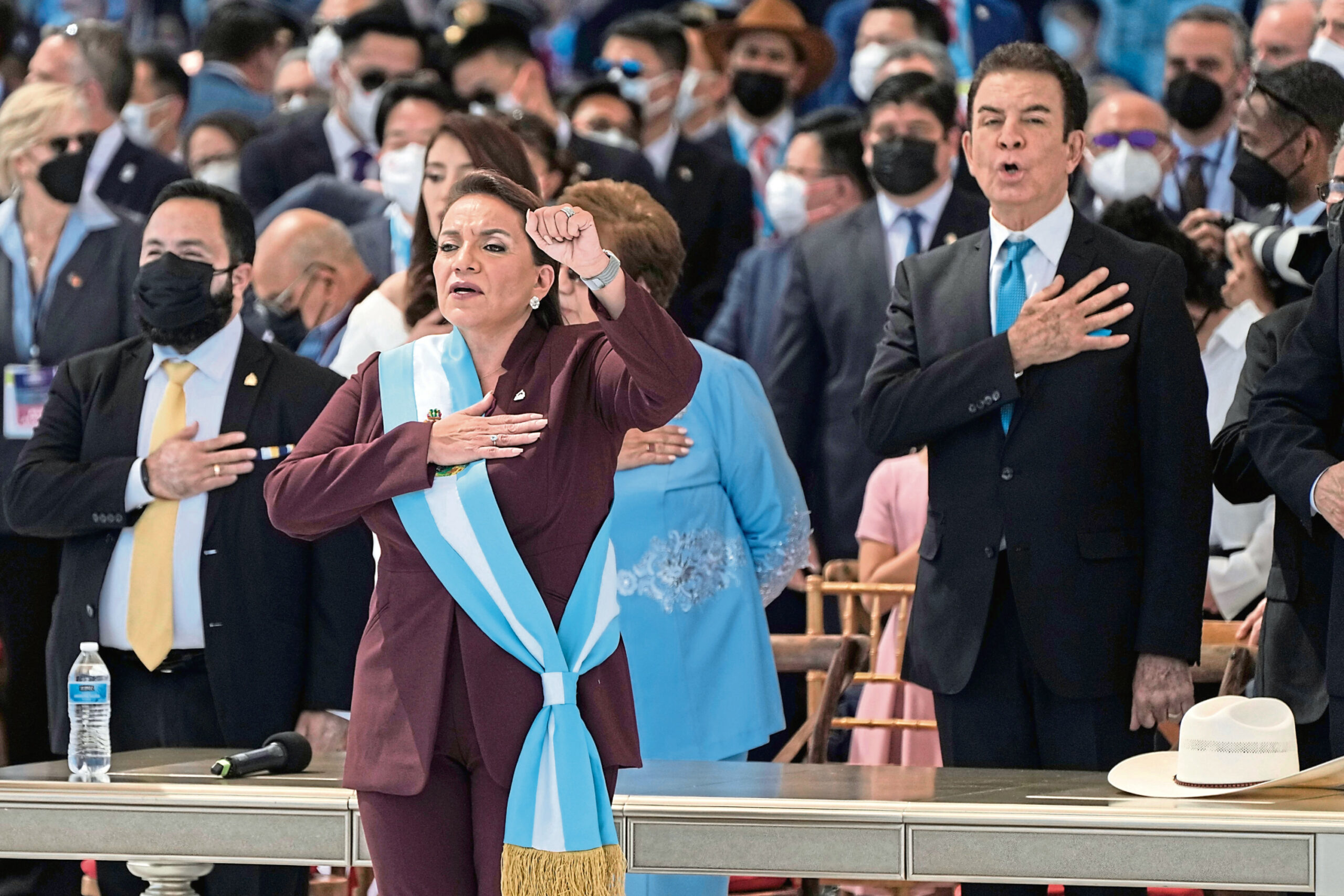
For too long it was regarded as a continent riven by corruption, drug wars and military dictatorships but now new hopes for change have emerged as a “pink tide” has swept Latin America.
Left-wing governments, seemingly very different in tone and substance, from more authoritarian hard-left regimes in Cuba, Venezuela and Nicaragua have been voted into power.
The pandemic ravaged the economies of this region harder than anywhere else, pushing millions into poverty.
Now voters angry at the way their governments failed to protect them against this unknown threat have taken revenge by voting in the left.
From Colombia, to Chile to Peru and Honduras, one-time guerrilla leaders or student radicals have been given the keys to the presidential palace and transformed themselves into moderate versions of their former selves.
The rise of social democracy rather than socialism meant it has been dubbed the pink wave.
The next domino to fall could be Brazil which appears set to vote in the left-wing leader Lula da Silva as president in elections in October.
Gustavo Petro, the former Marxist guerrilla, represents the most startling turnaround in Latin American politics when he reversed 200 years of right-wing governments in Colombia to claim victory earlier this month.
His Historic Pact for Colombia beat wealthy businessman Rodolfo Hernández, 77.
No less remarkable was the victory of his black vice-president, Francia Marquez, whose ancestors were enslaved workers. Far from reverting to his radical roots, Petro has already shown signs of a shrewd move to the centre, appointing establishment political figures to key posts in his government.
Petro has also held talks with US President Joe Biden and Venezuelan President Nicolas Maduro, indicating a desire for ambitions as a regional leader.
Petro’s victory in Colombia symbolises change across the continent, analysts said. “It’s a rejectionist mood which is driving this shift towards more leftist governments and the appeal of leaders who talk of increasing employment and attacking poverty on which they tend to do better,” Michael Shifter, professor of Latin American politics at Georgetown University in the United States, told The Sunday Post.
“But you must be very careful lumping these leaders together. There are profound differences in policy and personality differences. There can be left authoritarian or left democratic.” Petro, who proved to be a disappointment as city mayor of Bogotá, has sparked a mood of expectancy in the country, analysts who know the new leader said.
Professor Shifter has known Petro for 20 years and recently returned from Colombia. “There is a positive but guarded optimism. There is a mood of positive expectancy,” he said.
In Brazil, Latin America’s largest economy, Lula’s victory over the controversial right-wing President Jair Bolsonaro, has been predicted by a series of polls. In South America’s southern cone, 36-year-old Gabriel Boric took office in March, making him Chile’s youngest leader.
The former student radical originally sported a mohawk, tattoos and no tie when he first became an MP in 2014.
Boric is being taken more seriously after a series of sober appointments of moderates within his government.
In Peru, the former Marxist schoolteacher Pedro Castillo won.
Honduras witnessed a similar surprise when Xiomara Castro, leader of the left-wing Libre party, became president last December.
Though their policies and personalities are widely different, what unites them is they are more concerned with social issues like better health care for the poor, abortion reform and gay rights than bringing about a Marxist revolution.
Carlos Malamud, an expert in Latin America at the Real Elcano Institute in Madrid, said the shift to the left in Latin America could be explained by populations wanting to punish their governments.
He said: “One factor is in some cases, the people want to castigate their governments because, they think, they did not do things right or there was corruption.
“In others, it was a natural reaction post pandemic to change the government. Or it could be a case of the natural electoral calendar and the governments swing to the left at the same time.”
Dr Malamud said the left could not be seen as one type of government.
“You have the authoritarian left of Cuba, Venezuela and Nicaragua.
“There is the more far-left government of countries like Bolivia and then you have countries like Chile and Colombia which are more in the social democratic mold,” he said.
It was not correct to see the whole continent swinging to the left, Dr Malamud said, as other countries had moved to the right, in Argentina and Mexico with more populist governments.

Enjoy the convenience of having The Sunday Post delivered as a digital ePaper straight to your smartphone, tablet or computer.
Subscribe for only £5.49 a month and enjoy all the benefits of the printed paper as a digital replica.
Subscribe © Moises Castillo/AP/Shutterstock
© Moises Castillo/AP/Shutterstock